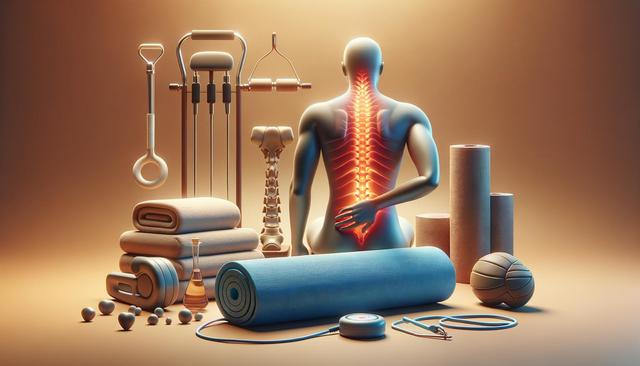Understanding What Is Back Pain
Many people ask: what is back pain? At its core, back pain refers to discomfort or aching in the upper, middle, or lower back. It can range from a dull, constant ache to a sudden, sharp sensation that makes movement difficult. This type of pain can be acute (short-term) or chronic (lasting for more than three months). Back pain can originate from muscles, nerves, bones, joints, or other structures in the spine. Understanding this condition is the first step toward managing it effectively. It’s not just about the pain itself but also about identifying its source and impact on one’s mobility and quality of life.
Back pain may manifest differently for everyone. Some people experience stiffness, while others might feel shooting pains that radiate down the legs. A proper assessment by a healthcare provider is essential to determine the nature and severity of the pain. Early diagnosis can prevent a minor issue from developing into a chronic condition.
Common Causes: What Causes Back Pain
To address treatment options, it’s vital to understand what causes back pain. There are numerous potential causes, each requiring different approaches. Common contributors include:
- Poor posture, especially from prolonged sitting or computer use
- Muscle or ligament strain due to heavy lifting or awkward movements
- Herniated or bulging spinal discs
- Arthritis or degenerative disc disease
- Injuries from accidents or sports
In addition, lifestyle factors such as lack of physical activity, obesity, and stress can increase the risk of developing back pain. Aging is another significant factor, as the spine undergoes natural wear and tear over time, which can lead to conditions like spinal stenosis or osteoarthritis. Recognizing these causes helps individuals make more informed decisions about prevention and care.
How to Treat Back Pain Efficiently
When exploring how to treat back pain efficiently, a multi-faceted approach often yields the most effective results. Treatment strategies can vary widely based on the cause, severity, and duration of the pain. Common methods include:
- Physical therapy to strengthen muscles and improve posture
- Stretching and low-impact exercises like yoga or swimming
- Medications such as anti-inflammatories or muscle relaxants
- Heat and cold therapy to reduce inflammation and relax muscles
- Massage therapy or chiropractic adjustments
In some cases, more advanced interventions such as injections or surgery may be necessary, especially when dealing with nerve compression or structural issues. However, many people find relief through conservative treatments and lifestyle adjustments. Working with a healthcare professional to build a tailored plan is key to successful recovery.
Quick Tips to Relieve Back Pain
For those experiencing discomfort, there are effective, quick tips to relieve back pain that can be applied almost immediately. While these are not a substitute for medical treatment, they can offer temporary relief and support recovery efforts.
- Practice good posture by keeping your back straight and shoulders relaxed
- Use ergonomic furniture, especially if working long hours at a desk
- Perform regular stretching exercises to maintain flexibility
- Apply ice for the first 48 hours after strain, then switch to heat
- Stay active with gentle movement rather than prolonged bed rest
Incorporating these habits into your daily routine can make a significant difference. Additionally, maintaining a healthy weight, staying hydrated, and avoiding smoking are supportive lifestyle choices that contribute to back health. Small, consistent changes often have a lasting impact.
Preventive Measures and Long-Term Care
Preventing back pain and maintaining spinal health requires ongoing attention and care. Once treatment has provided relief, it’s essential to focus on long-term strategies to avoid recurrence. These include:
- Engaging in core-strengthening exercises to support the spine
- Using correct techniques when lifting heavy objects
- Taking regular breaks from sitting or repetitive activities
- Ensuring adequate sleep with proper mattress support
- Scheduling routine check-ins with a healthcare provider
Education also plays a major role in prevention. Understanding what causes back pain and how to treat back pain efficiently helps individuals make informed choices. It’s not just about managing pain when it happens but creating a lifestyle that supports back health over time. With the right approach, many people can reduce the frequency and intensity of back pain episodes.
Conclusion: A Balanced Approach to Back Pain Relief
Back pain can disrupt daily life, but with a deeper understanding of what is back pain and what causes back pain, individuals are better equipped to prevent and manage it. Implementing practical habits and knowing how to treat back pain efficiently can lead to meaningful improvements. Whether you’re looking for long-term solutions or quick tips to relieve back pain, taking action today can support a healthier, more active future. Remember, a personalized approach that combines medical advice, physical activity, and lifestyle changes often leads to the most sustainable relief and prevention.




Leave a Reply